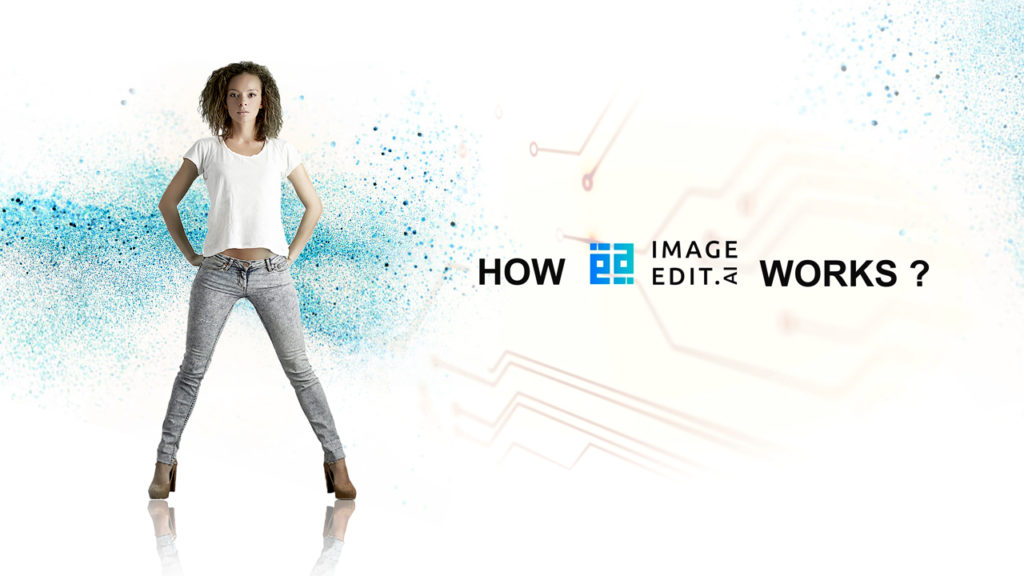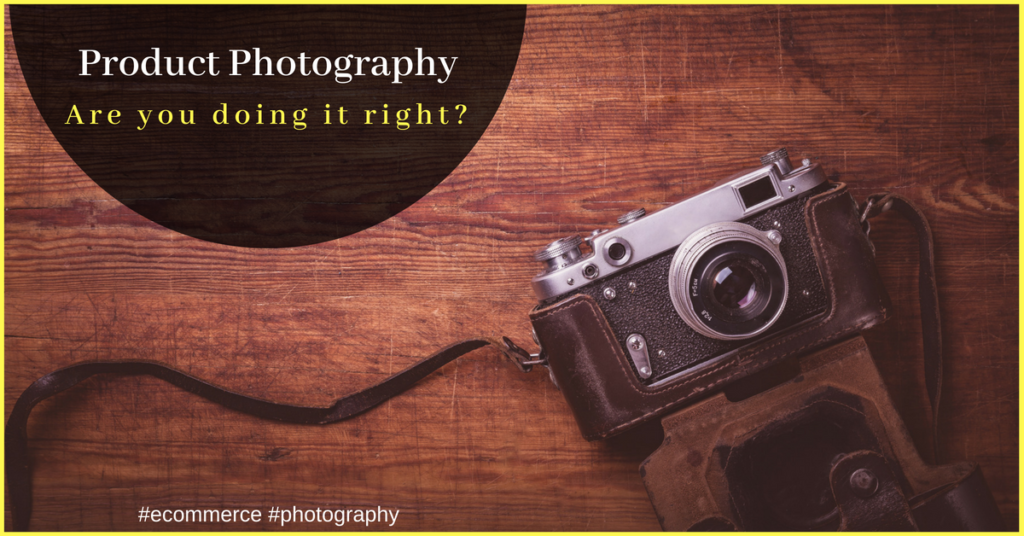Six points to consider while photographing product images for eCommerce websites
One of the largest eCommerce marketplaces in the world, Amazon lists 3 billion products worldwide! Over 360 million products have been sold on the platform and on Amazon prime day, in 2016, over 636 products were sold per second globally.
For a seller, images play a critical role in driving sales. Customers do not have the luxury of touch and feel, and hence completely rely on the quality of the image before making a purchase decision. Simply put, product photography is the gateway into the mind and habits of the consumer.
Great product images not only drive sales, but create customer loyalty and trust. Amazon keeps its imagery consistent, and here’s a quick guide to its product photography guideline:
1) All products must be shot against a white background.
Amazon requires all products to be shot against pure white RGB 255,255,255. This ensures crisp, clean and true colour images that showcase the product accurately. The product must at least cover 85% of the image area and be devoid of any text or illustration. Keep the product in central focus, well lit and have smooth edges.
2) All images must be of high resolution.
No blurry, out-of-focus or low light images are allowed on the platform. Each image must 1000 pixels or more. TIFF, JPEG and PNG formats can be uploaded. Users only respond to clear HD images and hence investing in professional product photography is essential! Amazon does not accept any drawings/illustrations or even text in its product images.
3) Shoot all angles – you have 9 slots to fill!
Each seller is given at least 6 slots for product images (9 for the Enhanced Sellers Program). Shoot your product from all angles to give the customer a 360 degree perspective for the purchase.
4) Keep it simple for apparel photography
A simple rule must be followed here- the apparel is the star, not the model. Model photography is encouraged to showcase the real feel and look of the apparel. In case a model isn’t available or possible, apparel can be shot on a mannequin – but the end product image must have it edited out completely. We strongly recommend investing in model photography as it enhances the selling chances of the product by taking away the “ghost feel”. At ImageEdit, we use Artificial Intelligence to edit images and can produce guideline-specific images within hours.
5) Product size is important.
Since the image is the only gateway for the consumer to gauge the value of the purchase – it should neither be too large or too small. Smaller product images tend to have too much white space around them and customers may miss out on the finer details. If an image is too large, the glaring effect may turn off a customer, which could lead to a bad rating on the platform. Follow the 80/20 rule always.
6) Avoid cluttered images.
Amazon makes no provision for props in its product images as it wants to maintain a strict code of transparency with the customer. The customer must only buy what is featured in the image and sellers must avoid creating confusion for them.
We have kept this guide short & crisp for your easy reading. For every project, in your case every category or line of apparel, we recommend you create a playbook along with an exhaustive checklist. Our playbooks cover guidelines on every aspect of an image like whitespace, background colour/removal, pairing of garments, hair-dos, etc. With Machine Learning, you can automate the learnings from every image and apply it in a matter of minutes!






